Calling All High School Parents Seeking Extra Support for
AP Chemistry!
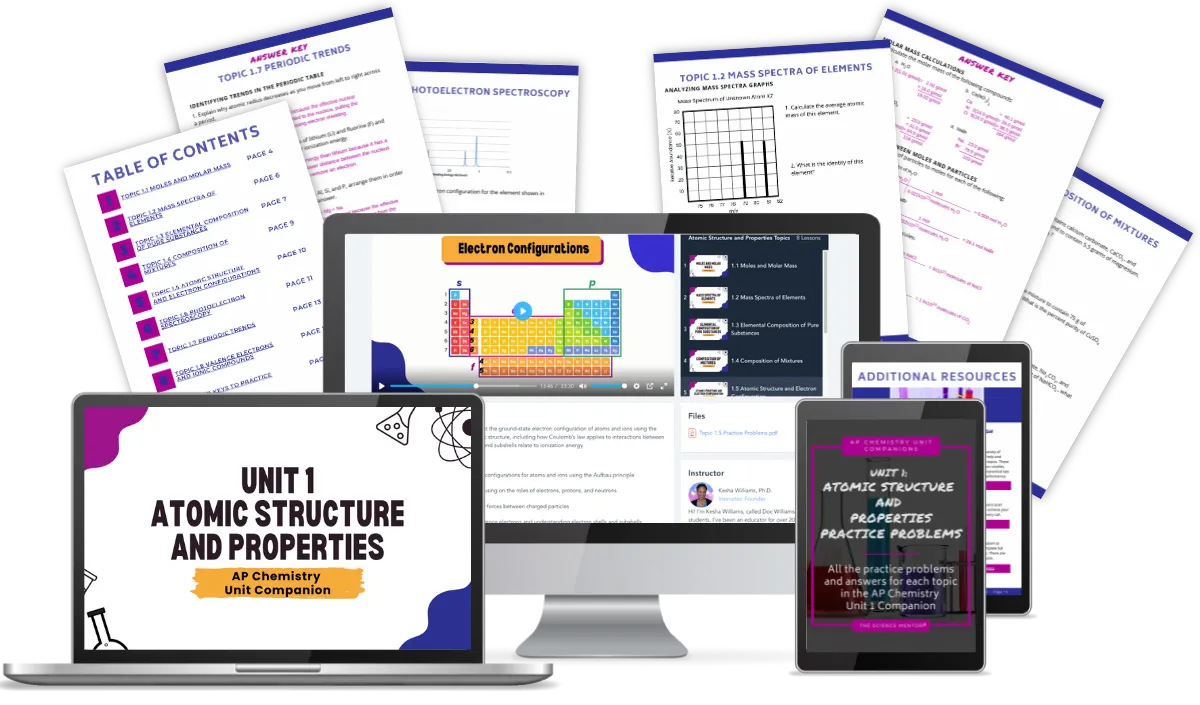
AP Chemistry Unit Companion
Atomic Structures and Properties
Are you looking for a way to help your teen truly understand AP Chemistry Unit 1: Atomic Structure and Properties?
Look no further! Introducing the AP Chemistry Unit Companion!
A comprehensive video guide designed to accompany your child’s studies, just like having a personal tutor by their side.
Imagine having a trusted guide to walk them through Unit 1, ensuring they’re prepared for what comes next in the course.
Here's how.

As a parent, you might notice your teen struggling to grasp certain topics in class or feeling lost in their self-study efforts.
AP Chemistry is a challenging course, and understanding foundational concepts is key to success.
Whether your child is homeschooling or attending a traditional high school, this Unit Companion provides the extra support they need.
Designed by an experienced science teacher and tutor, this comprehensive video guide is built to help your student overcome the most common challenges in learning AP Chemistry,
such as...

Struggling with Complex Concepts
Topics like atomic structure and periodic trends in terms of Coulomb's law can be tough to grasp.

Finding Reliable Resources
Searching for practice problems and clear explanations can be overwhelming.

Need for Additional Practice
The classroom isn’t always enough to master every topic, especially as students prepare for the AP exam.
Think of this guide as an additional teacher—a personal tutor providing expert instruction at a fraction of the cost.
With my years of experience teaching and tutoring AP Chemistry, I’ve carefully structured these lessons to ensure your teen gets the support they need.
The Unit 1 Companion covers every topic in the
Official AP Chemistry Course and Exam Description.
The scope and sequence developed by College Board, used to teach AP Chem!
Take a Look Inside

Video Lessons
Break down each topic in simple, easy-to-understand steps.
Take a peak into part of a video lesson for Topic 1.6 Photoelectron Spectroscopy!

Downloadable Practice Worksheets
Apply what they’ve learned during the video lessons.
Here's an example of practice problems with Topic 1.4 Composition of Mixtures!


Answer Keys
Each key shows step-by-step solutions for self-checking and immediate feedback.
See an example of a step-by-step answer key with Topic 1.4 Composition of Mixtures!

Topic Covered:
1.1 Moles and Molar Mass
This topic introduces the mole as a fundamental concept in chemistry. Students will learn to calculate molar mass and convert between mass, moles, and number of particles in chemical equations.
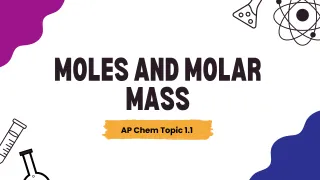
1.2 Mass Spectra of Elements
Students explore how mass spectrometry provides insight into the isotopic composition of elements. They will learn to interpret mass spectra to determine the relative abundance and masses of different isotopes.
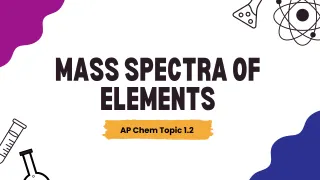
1.3 Elemental Composition of Pure Substances
This topic covers the quantitative relationship between the elements that make up a pure substance. Students will calculate the elemental composition by mass and use empirical and molecular formulas to describe the composition of substances.
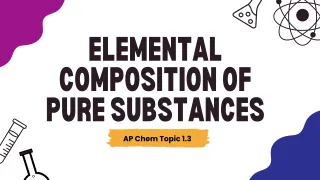
1.4 Composition of Mixtures
Students will differentiate between pure substances and mixtures, and learn to determine the relative proportions of components in a mixture. This topic emphasizes understanding how chemical composition is analyzed and quantified in mixed systems.
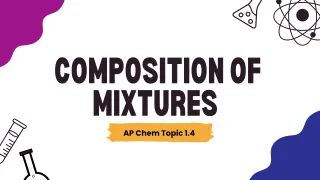
1.5 Atomic Structure and Electron Configuration
This section covers the arrangement of electrons in atoms and ions based on quantum mechanical models. Students will learn to write electron configurations and understand how atomic structure relates to chemical properties.

1.6 Photoelectron Spectroscopy
Students are introduced to photoelectron spectroscopy as a method for determining the energies of electrons in atoms. They will analyze PES data to understand electron subshell energy levels and how this data relates to atomic structure.
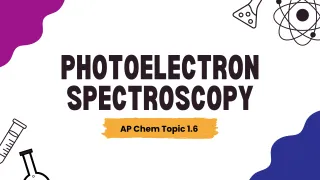
1.7 Periodic Trends
This topic explains the periodic trends observed across elements in the periodic table, such as atomic radius, ionization energy, and electronegativity. Students will learn how these trends relate to electron configuration and atomic structure.
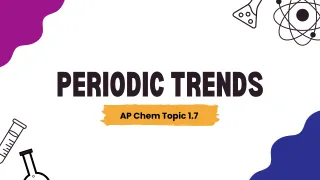
1.8 Valence Electrons
Valence electrons play a key role in chemical bonding and reactivity. Students will explore the concept of valence electrons and learn how to identify them for different elements based on electron configurations and the periodic table.
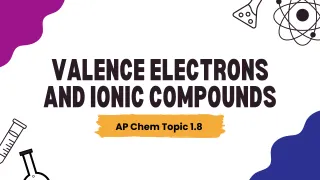
Who is This For?
This Unit Companion is perfect for students who:
Have taken high school chemistry and Algebra I and want to deepen their understanding.
Are looking for self-study resources for AP Chemistry to prepare for the exam.
Want additional practice on specific topics to reinforce what they’re learning in the classroom.
Need a structured and thorough way to review Unit 1 and build a strong foundation for future units.
Hi There! I'm Kesha (but my students call me Doc!)
I’m a scientist nerd who left the lab to follow a passion for teaching in 2002 and has been teaching ever since.
I'll be honest: chemistry and physics didn't come easily to me in high school and my first year in college.
Don’t get me wrong, I loved science. And my poor Barbie Dolls that became victim to my chemistry set are proof! But it wasn’t easy when sitting in class!
By the second year in college, I finally began to truly understand the subjects and learn what teaching methods work and what don't. And I LOVE them!!
Today, I support my students in learning and staying motivated in a subject area that intimidates most. I make it make sense with a dash of fun!

Get Started Today!
Give your teen the tools to excel in AP Chemistry with this video guide, designed to boost their classroom or self-study efforts. Get the AP Chemistry Unit 1 Companion on Atomic Structure and Properties today for extra support!

Ready to help your child excel in AP Chemistry?
Get the AP Chemistry Unit Companion for only and provide your teen with the additional support they need for just
$35 $29!
©2024 The Science Mentor.com ⎮ Terms and Conditions